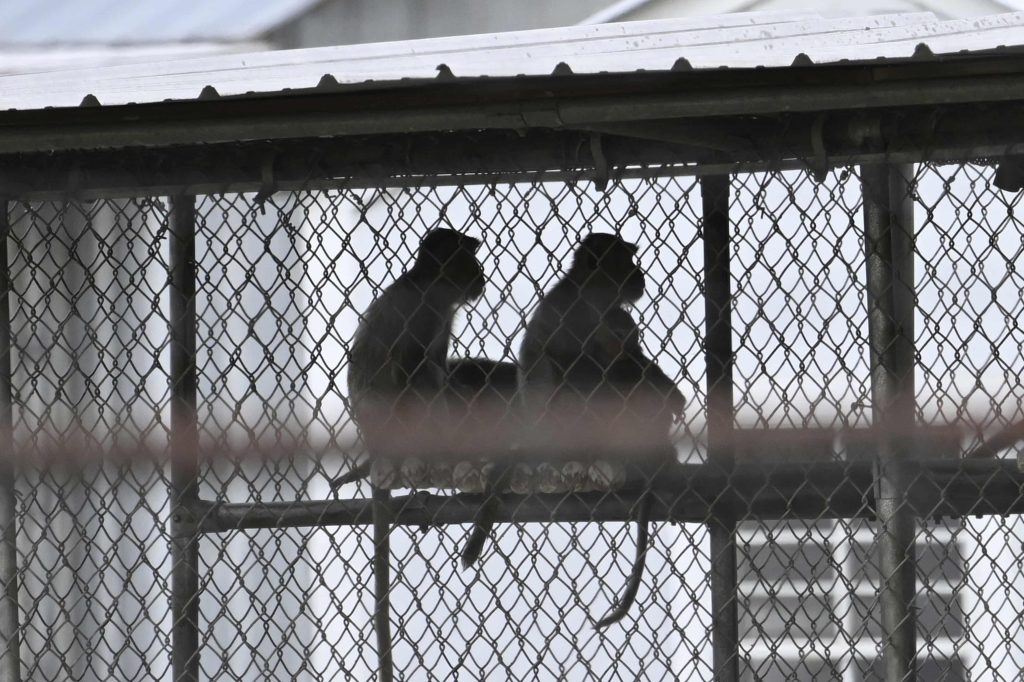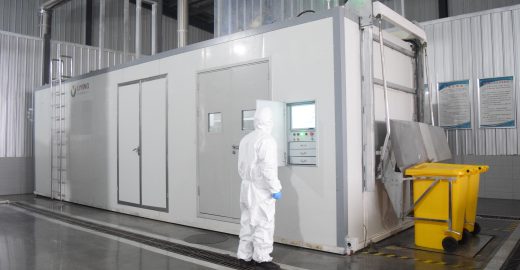Time:
Recently, a Shocking Incident Occurred in South Carolina, USA—43 Lab-Experiment Rhesus Monkeys Escaped from a Medical Research Facility.
This incident has sparked widespread public and expert concern regarding the safety management of animal laboratories. It highlights potential gaps in the management of laboratory animals and raises serious questions about the risks of virus transmission and public health safety.
Laboratory animals, especially monkeys, play a critical role in medical research. They are widely used in the development of vaccines, drugs, and biomedical technologies. However, these animals often carry various viruses and pathogens. As primates, monkeys may harbor viruses such as Simian Immunodeficiency Virus (SIV) and Herpes B Virus, both of which pose potential threats to human health.
In the event of a laboratory escape, contact between these animals and the external environment—especially humans and other animals—could create a channel for virus transmission.
For example, Simian Immunodeficiency Virus (SIV), commonly found in apes and monkeys, may spread to humans through bodily fluids, potentially leading to infections similar to HIV. Herpes B Virus, another highly dangerous pathogen, can be transmitted to humans via contact, potentially causing severe brain diseases or even death.

This incident underscores significant deficiencies in laboratory safety management. From the capture and transport of animals to their handling during experiments, every step must be rigorously controlled.
First, laboratory animal management should adopt stricter safety measures. Feeding tools must be designed to prevent escapes while ensuring that the animals are not unnecessarily harmed during the process. Additionally, trained personnel should continuously monitor the animals to ensure that any emergencies are swiftly addressed.
Furthermore, laboratory facilities themselves must enhance their security. This includes ensuring that infrastructure effectively prevents animal escapes and developing comprehensive emergency response plans for unexpected incidents. Regular training on animal safety management should also be conducted to raise staff awareness and improve their ability to respond to emergencies, ensuring that the entire process meets the highest standards.
Another critical takeaway from the monkey escape incident is that public health must be a core consideration in laboratory safety management. With globalization and the rapid advancement of biomedical research, the potential virus transmission risks associated with animal testing cannot be ignored.
In addition, collaboration with public health departments must be strengthened in animal management. For example, in the event of an animal escape or outbreak, public health authorities should immediately intervene to conduct virus testing and isolation to prevent the spread of pathogens to larger populations or ecosystems. Prompt action should be taken to dispose of biohazardous waste and cut off transmission routes in the event of a virus transmission incident.
The escape of experimental monkeys serves as a stark warning, ringing the alarm bell for laboratory safety management. Only through strict management protocols, comprehensive emergency response mechanisms, and robust public health measures can the risks of laboratory animal escapes and virus transmission be effectively mitigated, ensuring the safety of laboratory environments and public health.
As we face future challenges, we must not only focus on scientific advancements but also prioritize safety and ethics.

What is the Polluter Pays…

Forests and wetlands are …

Of course! LI-YING has ex…
PDF Request